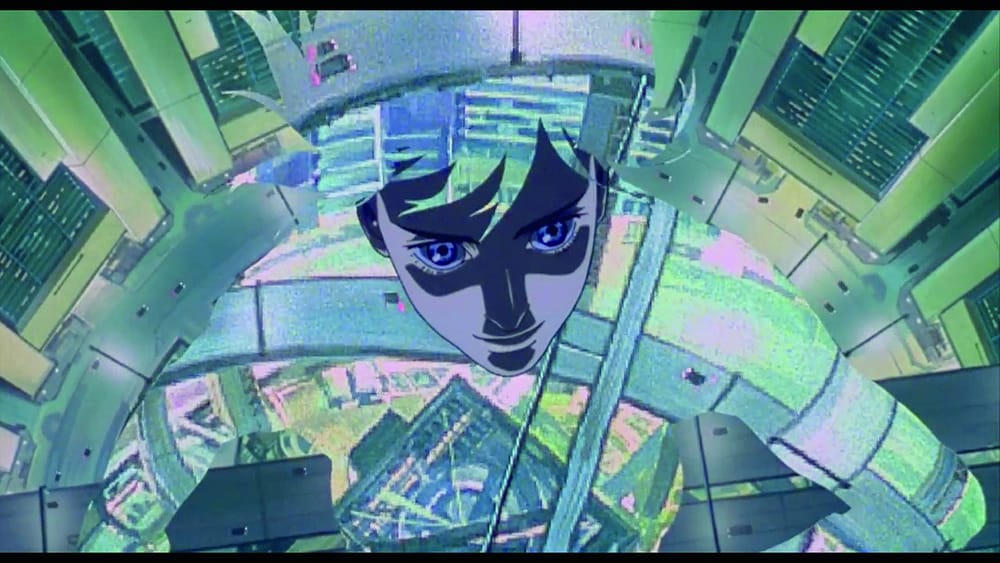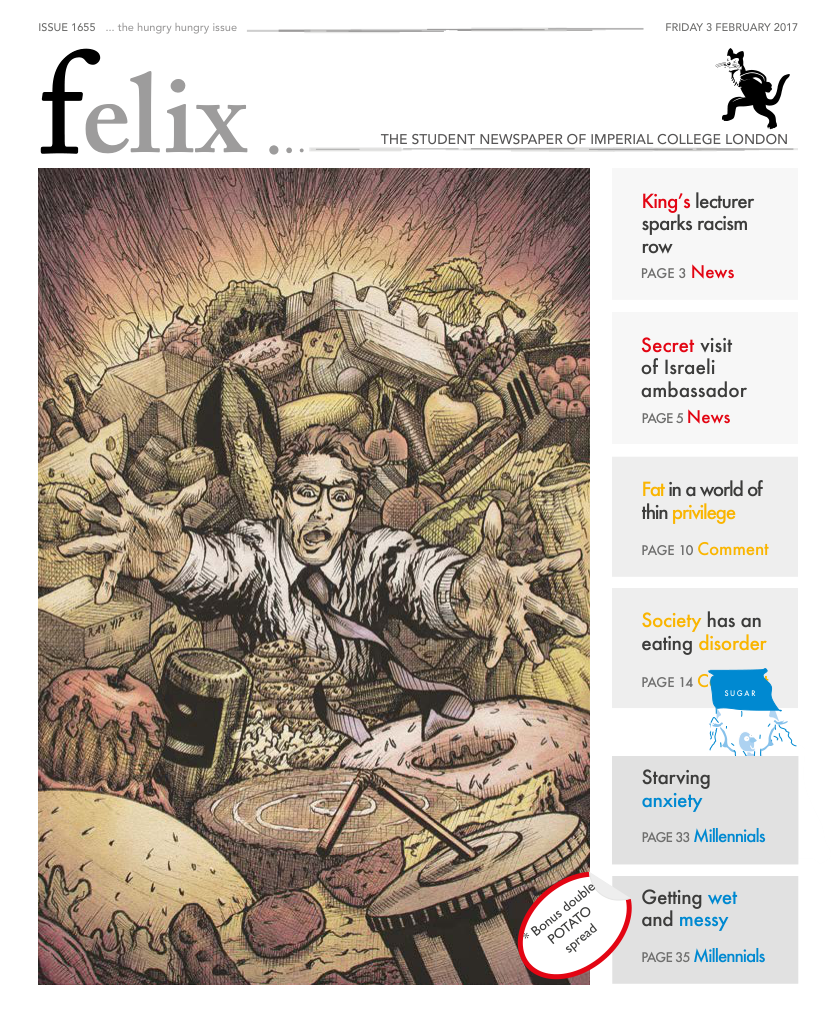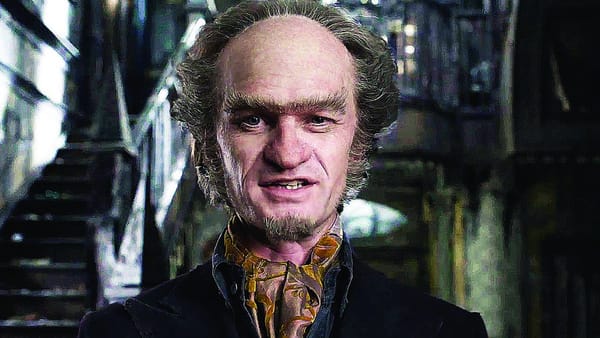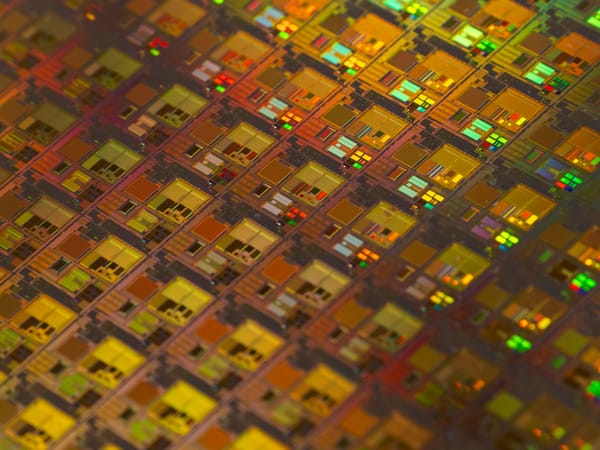Ghost in the Shell
Appreciating the original before Scarlett Johansson ruins it forever

If you wish to dive into the world of Japanese animation, you cannot miss Mamoru Oshii’s profound 1995 cyberpunk film Ghost in the Shell. It stands as a science-fiction classic and has gone on to inspire other films such as The Matrix, Surrogates, and Avatar. But why am I talking now about a film released more than two decades ago? Well, this March we are to see a live-action remake of the film, with Scarlett Johansson as the lead character. Ahead of its release, this week saw cinemas showing the animated original, so I took the opportunity to finally see this classic on the big screen.
Oshii’s Ghost in the Shell is based on Masamune Shirow’s manga series of the same title: set in Japan in the mid-21st century, it follows the undertakings of the counter-cyberterrorist organisation ‘Section 9’, led by Major Motoko Kusanagi. In this world, computer technology has advanced so far that the distinction between man and machine is ultimately blurred – people in this society are increasingly cyberised, with many possessing ‘cyberbrains’ that allow them to interface with the various information networks around the city. Kusanagi is, herself, a cyborg, whose only human part is her brain.
The increasing cyberisation of society has thrown up a disturbing problem: there now exist computer hackers skilled enough to hack into people’s brains. This can enable a hacker to control another’s actions, and even implant false memories and experiences. The film’s plot revolves around the pursuit of such a hacker, dubbed ‘The Puppet Master’, in an investigation led by Section 9 and Major Kusanagi’s team. The hunt involves an intricate sequence of political intrigue, but ultimately leads to a far-reaching exploration of self-identity and man’s place in nature.
Shirow claims that the name ‘Ghost in the Shell’ is a homage to author Arthur Koestler’s philosophical work The Ghost in the Machine, from which he drew inspiration. And Koestler’s title is itself taken from the phrase “ghost in the machine”, which was ultimately coined by the philosopher Gilbert Ryle as a disparaging description of mind-body dualism. I realise I may have alienated a few readers by now, but my point is that Ghost in the Shell is, philosophically, very rich, exploring – among many other things – the mind-body (or ghost-shell) problem. Where exactly is the mind? Is it the mind that makes us human, and not machine? Can that be the case if the mind can be copied and placed into a different cybernetic body? I like thinking about this stuff, and such questions abound whilst watching Ghost in the Shell.
But even if you don’t particularly enjoy thinking about this stuff, luckily the visuals are gorgeous, and there’s still a plot to follow. Who is this mysterious hacker? Are they even a person? Will they be caught? Don’t you want to find out? Well, you’d better go watch the film. From its haunting musical score, to its spellbinding visuals of the near-future, as well as the profound existential questions it raises, Ghost in the Shell really is a treat to watch. And hey, it’s even on Netflix – what have you got to lose?









